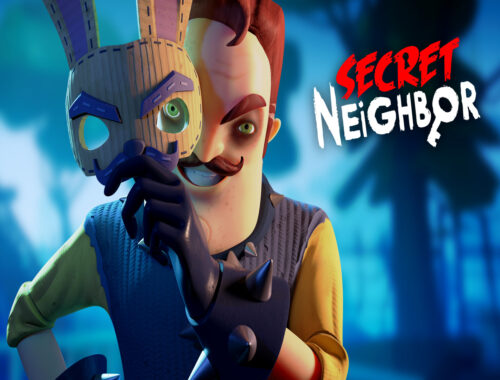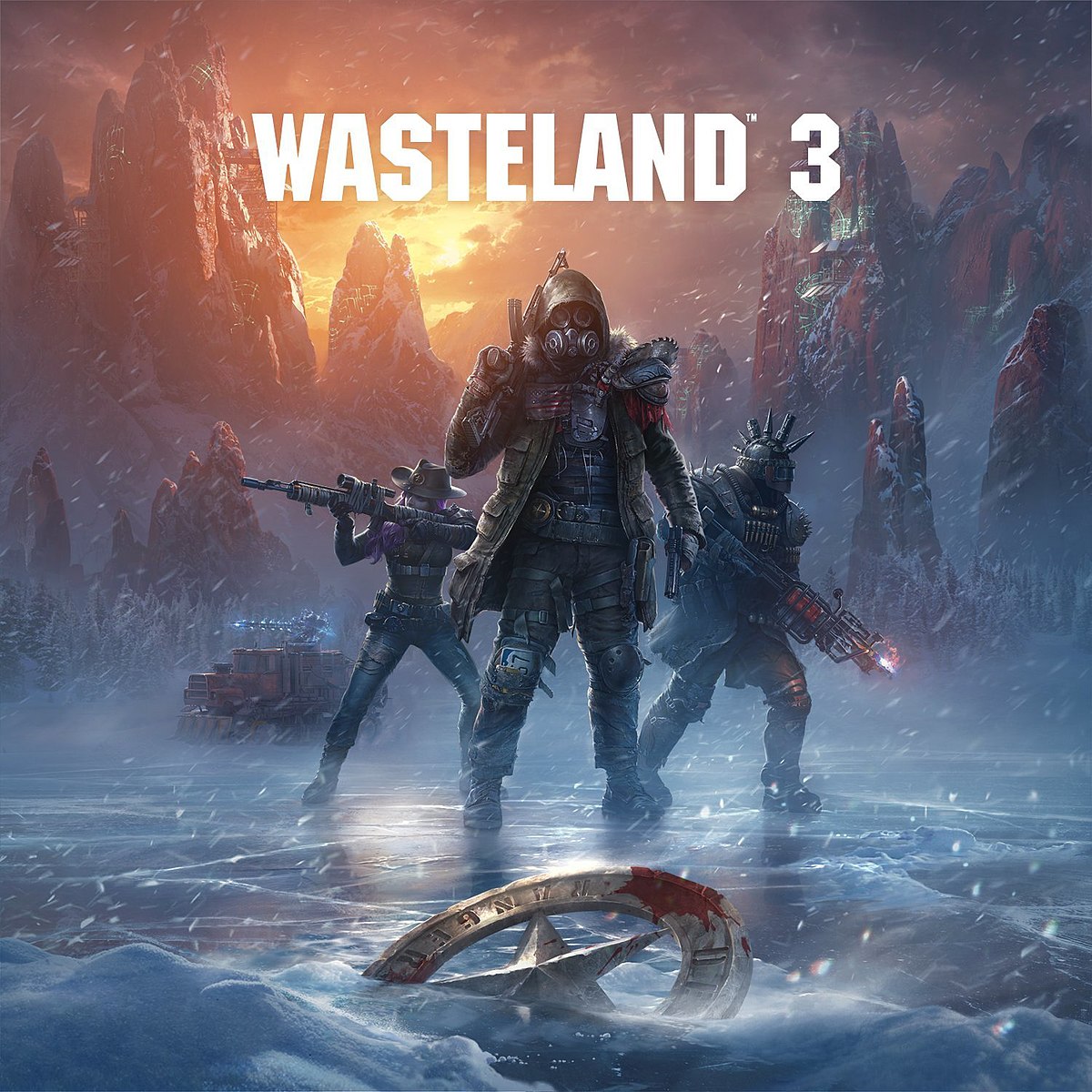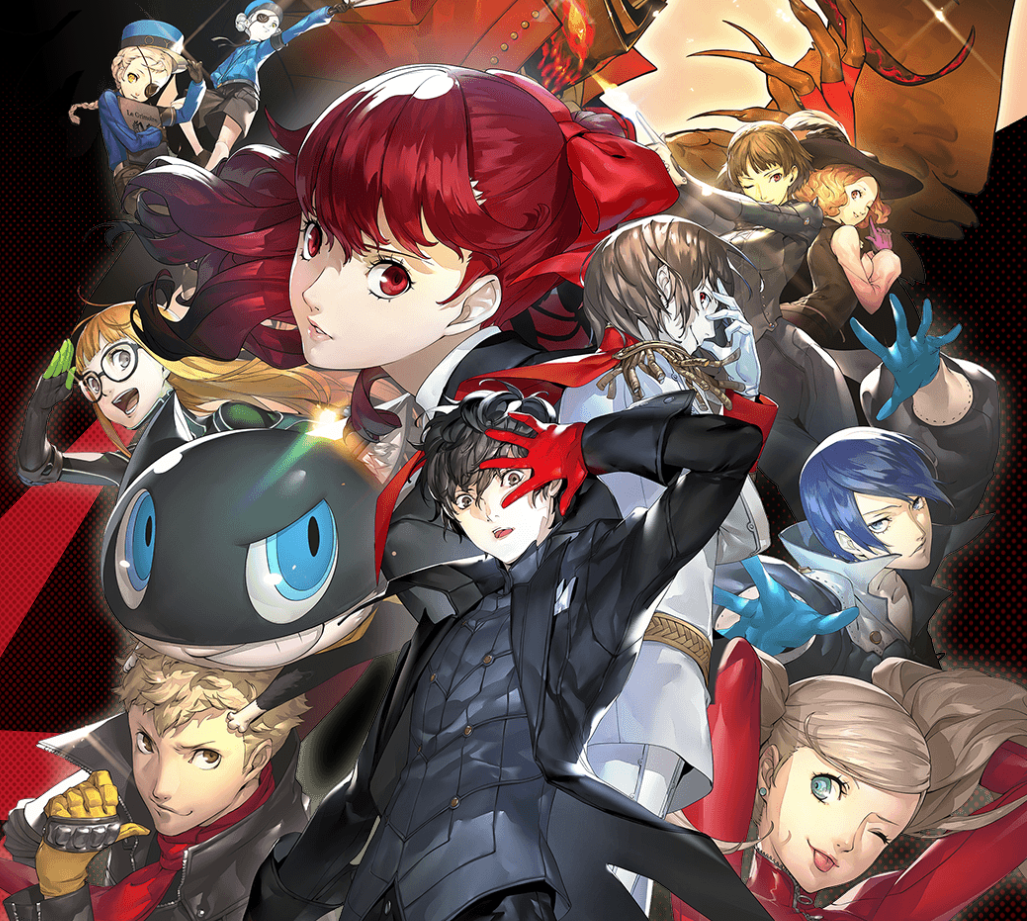Thymesia Review
Fast Facts
Thymesia
Developer: OverBorder Studio
Publisher: Team 17
Website: https://www.team17.com/games/thymesia/
Genre(s): Action, Adventure
Platform: Xbox Series X (also available on PC)
Age Rating: PEGI 16
Release Date: 18/08/2022
Price: £24.99
A code was provided for review purposes
Seems Familiar but I Cannot Remember
Thymesia is a third-person grim dark souls-like with a unique twist on enemy health bars. Instead of just one health bar, dealing damage only inflicts wounds. I needed to manage both wounds and traditional health to take out enemies. Did this innovation make Thymesia stand out? Find out in this Rapid Review.
To begin my adventure, I was introduced to Corvus and his surrounding world. However, I was not initially shown much, since Corvus lost his memory. To help him remember, I journeyed through different locales in his mind. I liked this concept and how this format justified why I could retry the stages if I died. Unfortunately, even though this memory-focused storyline is intriguing, piecing together the world around me was not. There were different journals and other pages I found scattered through each of the environments. Though it was interesting to find some of these, the different excerpts were simple, and none of them captivated me as much as I wanted them to. I was not surprised by any of the passages, as they all fit the themes of the world around me. Even though Thymesia’s story did not reinvent my experience, it was a nice touch.

Instead, I found myself enjoying the different locales to explore. Though there were only four distinct themes, the different landscapes were blatantly distinct while fitting in with the theme of the game. Moreover, while they were all creepy, they fit the theme in different ways. For example, the first area featured toxic cysts that filled the area with a chemical gas whereas the next location was filled with blood, and I needed to traverse a library flooded in it. I liked how each area was memorable and fit in with the theme simultaneously.
Breaking Down the Tutorial
As much as I enjoyed exploring the locations, I looked to play Thymesia for the combat. Thankfully, I was almost immediately thrown into combat. When I first booted up the game, I was shown how to attack normally and introduced to the wounds system. I thoroughly enjoyed this mechanic. For a brief period, after an enemy receives damage, they show a wounded health bar that glows green instead of white. During this time, I am encouraged to use an alternate melee attack to drain their life force. This made combat engaging and forced me to continue playing offensively, as otherwise I would watch my enemy continually regenerate their health. Most importantly, I also could use feathers like a throwing dagger to stop my enemies from healing, effectively resetting the timer between dealing damage and needing to deal damage again. The different combat mechanics kept me engaged and having fun.
Unfortunately, while I found myself enjoying many of the mechanics, some concepts felt underdeveloped. Specifically, I was disappointed by how the different mechanics were not always consistent within the game. For example, if I wanted to dodge, I could. I could even dash while performing other actions, cancelling the action. However, if I wanted to block an attack instead, the block would not come out unless the animation of whatever action I was doing had already concluded, even if I was holding the button down past the action animation. Basically, I needed to work harder to block attacks than to dodge them which made dodging both easier and more effective. Though this made blocking in Thymesia seemingly obsolete, once I learned the intricacies of the different options, I just decided not to use the block much, so it did not overwhelmingly impact my experience.
Putting my Moves into Action

As fun as most of my moves were, I needed enemies to test them out on. Thankfully, Thymesia delivers, and I had plenty of foes to take out. Many of them were tough, especially at the beginning. However, as I became more familiar with them, I noticed that they repeated many of the same enemies often and even when they were different, they were not distinct. There were only a handful of memorable enemies. The rest of them were simple soldiers that wielded a few different weapons. Still, it was a lot of fun to take these enemies out when I was playing through the story.
Even the mini-bosses were not entirely unique. While some of them were memorable, some others looked just like regular enemies. Plus, I would often fight the same mini-boss in multiple levels. While this was a bit disappointing, I still had fun taking out these enemies and thought engaging them in combat was worthwhile just for the sake of combat. Overall, I liked the mini-bosses and enjoyed taking them out. Besides, the unique kill animations that came with taking one out were so gratifying I just wanted to keep fighting them.
As amazing as it feels to take on these mini-bosses, they pale in comparison to the excitement I felt when taking on a traditional boss. The big bosses were incredibly challenging to take out and at times I worried whether I would be capable enough to take them out. However, they all feature recognizable patterns and after enough practice, I enjoyed each fight. These were undeniably my favourite sections. Each one was distinct, and they each kept me on my toes all throughout. Each fight is an incredibly rewarding gauntlet that kept me hooked for one more try.
Skill Points
Sometimes, these boss fights were so daunting that I wanted to upgrade my character before entering. There were a lot of different upgrades to consider. Some of them even prevented me from getting other upgrades, forcing me to choose the build I wanted. This made these upgrades relatively interesting, but apart from a couple of unique abilities, they largely just enhanced the abilities I already had. While this was interesting, I was not blown away by any of them and thought there could have been more unique options. Still, they were a lot of fun to contemplate, even if they did not largely impact my experience.

Additionally, I was mildly disappointed that I could not change my weapon. I was stuck with my sabre whether I liked it or not. Thankfully I did. Instead of innately unique weapons, I could equip reaved weapons that worked kind of like an ultimate ability to compliment my sabre. However, they never had a major impact on my playthrough, as I could only use them after their cooldown expired. Though these were innovative, I rarely found myself using them and instead, I primarily focused on my main weapon. Since Thymesia did not use a variety of weapons and I did not find myself leveraging the reaved weapons, I largely used the sabre. While it was slightly repetitive, I ended up enjoying it for the duration of the game.
Playtime
A large reason it may not have gotten repetitive is that the game is relatively brief. There were only thirteen levels to complete. Of course, if the boss fights take you as long as I did, it may take a while. Since many of the fights were challenging, the levels took me enough time for me to justify the brief level count. However, if I were amazing at souls-like games, I may be able to take these fights out more quickly and then it may not be as worthwhile to play Thymesia. As it stands, I was satisfied with the content even though there were only thirteen levels.
Moreover, there are alternate endings to explore. Along the way, if I collected enough of the lore pieces, I could decipher what different items were and how to combine them to save the world. I liked this concept but in practice, it is not as fun. Any time I wanted to see what would happen with a new combination of items, I would need to refight the final boss. It was fine, but I was not interested in playing through all the endings, as fighting the same enemy repeatedly is not particularly fun. My disinterest was compounded considering that the different endings are for a story I was not overly invested in, and the world remains the same regardless. Still, I liked that there were different storylines and that different options were available if I wanted to replay the entire game.
Chilling Atmosphere
To supplement the title, Thymesia features a haunting, eerie soundtrack. It was shockingly quiet, and I was constantly on the edge of my seat when exploring, especially when it was late at night. I liked it though, even if I got scared a little bit. The soundtrack expertly fits the theme. Moreover, the sound effects were incredibly gratifying. Hacking and slashing through enemies sounded excellent and when I was able to execute them, I was bombarded with positive feedback.

These executions did not just sound good, they also looked excellent. Though bloody, I thoroughly enjoyed watching Corvus flip through the air, slicing up any enemies in his way. The world overall looked great too. It was largely dark, but the gory or disgusting parts of the background would often be bright red or pussy yellow, standing out from most other assets. I thought the visual style was great. However, it is worth noting that the enemy designs were quite repetitive from a visual standpoint. Plus until I familiarized myself with the game, it was challenging to distinguish mini bosses from traditional enemies.
Overall, I did have fun with Thymesia. I liked the fast-paced combat and the dual health bar system even though many of the other things that make it distinct did not resonate with me as much. Despite the similar enemy designs and the small number of locations to explore, I think the game has a fun and rewarding combat system.
Rapid Reviews Rating

3.5 out of 5
3.5
You can purchase Thymesia on the Microsoft Store here

You can find and read our reviews on OpenCritic.





